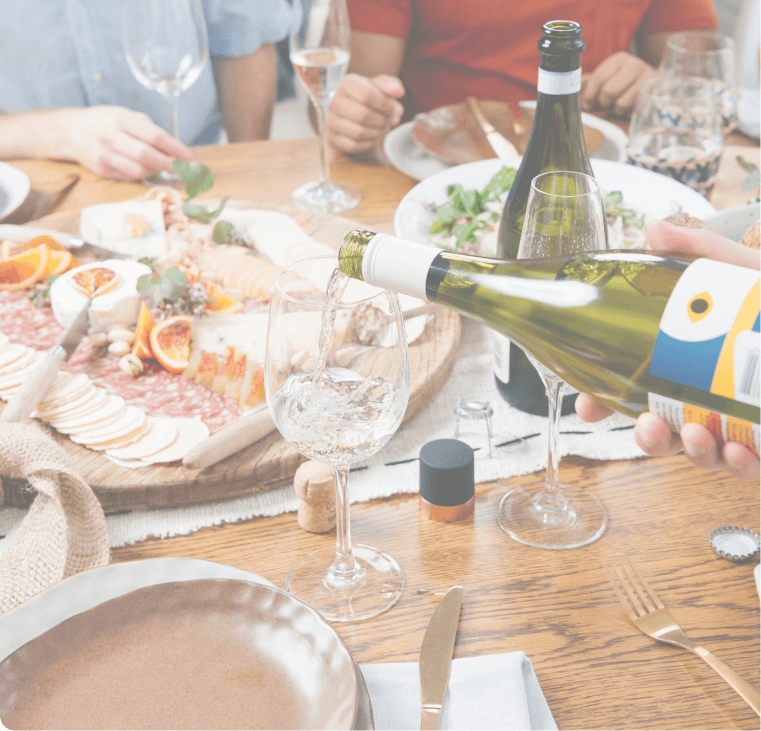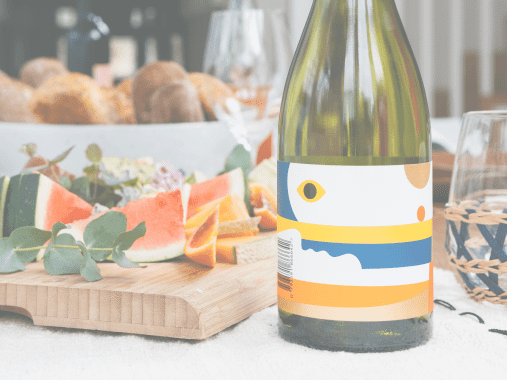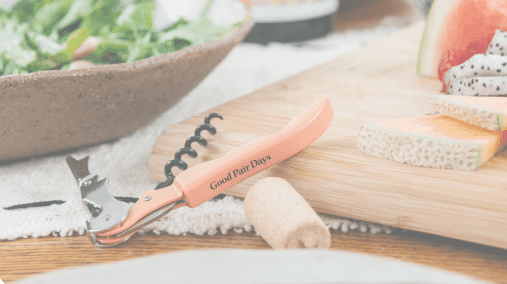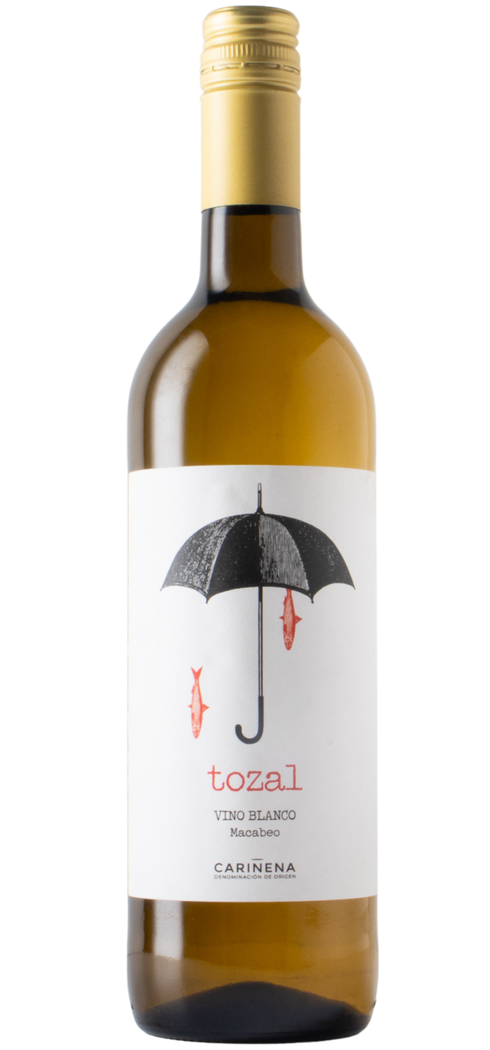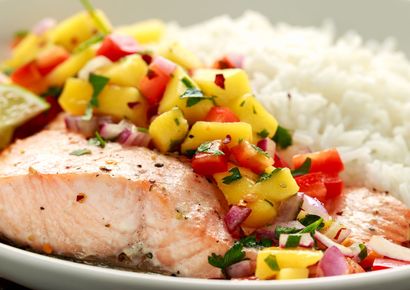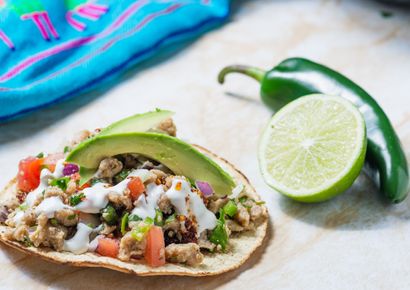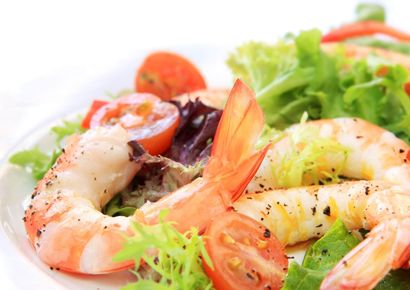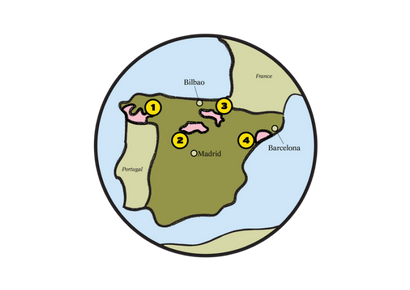

You're on our UK site. Are you sure you want to continue?
San Valero 'Tozal' Macabeo NV
Primary flavours

Golden Apple

Nashi Pear

Rock Melon

Sour Lemon

White Melon

Almonds

Apple Pie

Buttery

Chamomile

Fennel
Details
Like a citrus disco in your mouth - lemon, lime cordial, and a green apple doing the worm. Smells a bit like pear drops and sweet talk, but it’s bone dry, razor-sharp, and leaner than your mate after a juice cleanse. Super light, super fresh, with a little saline hit on the finish. Absolute poolside slurper.
Origin: Nobody really knows, the tradition of blending dates back millennia to when grape varieties were co-planted together. Mainly Grown In: All over the world! Key Facts: Blended wines are nothing new to many of us, they could be red, white, rosé or sparkling, the fact of the matter is, if you’ve drunk wine before, the chances are that you’ve had a blended wine. Simply put, this is a blend of more than one grape variety. Whilst this might not actually be a grape variety in its own right, it is important to highlight some of the world’s most famous blended wines and regions. We start with Bordeaux, an area in southwest France that relies almost exclusively on blended red and white wine utilising several grape varieties. Then we have Rhône in southern France, notably the southern part of the region, famous for blended red and white wines under the Côtes du Rhône banner. Or perhaps Champagne, the world’s most famous fizz is predicated on the use and blending of three core grape varieties. That said, perhaps the spiritual home of blended wine is France, but it is now almost impossible to find a wine-producing country anywhere in the world that doesn't blend. Fun Fact: Blended wines are like symphonies, where different grape varieties come together to create a harmonious and balanced flavour profile. Winemakers skillfully blend different grapes to enhance each other's characteristics.
Origin: Nobody really knows, the tradition of blending dates back millennia to when grape varieties were co-planted together. Mainly Grown In: All over the world! Key Facts: Blended wines are nothing new to many of us, they could be red, white, rosé or sparkling, the fact of the matter is, if you’ve drunk wine before, the chances are that you’ve had a blended wine. Simply put, this is a blend of more than one grape variety. Whilst this might not actually be a grape variety in its own right, it is important to highlight some of the world’s most famous blended wines and regions. We start with Bordeaux, an area in southwest France that relies almost exclusively on blended red and white wine utilising several grape varieties. Then we have Rhône in southern France, notably the southern part of the region, famous for blended red and white wines under the Côtes du Rhône banner. Or perhaps Champagne, the world’s most famous fizz is predicated on the use and blending of three core grape varieties. That said, perhaps the spiritual home of blended wine is France, but it is now almost impossible to find a wine-producing country anywhere in the world that doesn't blend. Fun Fact: Blended wines are like symphonies, where different grape varieties come together to create a harmonious and balanced flavour profile. Winemakers skillfully blend different grapes to enhance each other's characteristics.
Read more
Taste Profile
This wine’s tasting notes.
Sweetness

nonesomelots
Body

lightmediumfull
Fruitiness

lowmediumhigh
Tannins

lowmediumhigh
Acidity

lowmediumhigh
Oak

nonesomelots
Alcohol

low
(under 12%)medium
(12-14%)high
(14%+)
Taste Summary
This wine’s tasting notes are leaning towards light bodied, low sweetness, with high acidity, very fruity, low tannins, low alcohol and no oak.
Specs
Region
Cariñena
country
Spain
Grape type
Macabeo
Wine Maker
San Valero
Alcohol
11%
Vintage
NV
Cellar period
1-3 years
Closure
Screw Cap
Production method
Conventionally Made
Temperature
Cold 5°C-8°C
collection
Pairing guide
This citrus-charged white is basically a liquid lime - perfect alongside zingy ceviche with mango and coriander, where the saltiness and acidity in both the dish and the wine high-five each other all the way down. Going vegan? Vietnamese rice paper rolls packed with tofu, crunchy veg, and fresh herbs, dipped in a sweet-sour nuoc cham-style sauce, are an absolute flavour bomb with this wine’s bright, breezy energy.
Read more
Food

Spanish

Salmon

Vegetables

White Meat

Hard Cheese

Aromatic Chicken Dishes
Tastes

Bitter

Rich

Fatty
Moods

Adventurous

Contemplative

Mood for something different
Seasons

Cooler Months
Recipe Matches

